9th place: Malawi , also known as Nyasa , is a lake of tectonic origin, containing 7% of the world's fresh water reserve. It is part of the Great African Lakes and is the third largest among the lakes of Africa with an area of 29,600 km².The depth of the pond is 706 meters, which makes it the second deepest on the African continent and the sixth in the world. Lake Malawi, located in the south of the East African rift valley, fills a deep depression between Mozambique, Tanzania and Malawi. It feeds on the waters of 14 rivers, among which are the most important Ruhuhu, South and North Rukuru, Bois and Dwangwa. Only one river flows from Malawi - Shire, flowing in the southern part of the lake and flowing into the Zambezi river. At the steep banks of the lake, heavy storms and surfs often rage, which makes navigation very difficult.
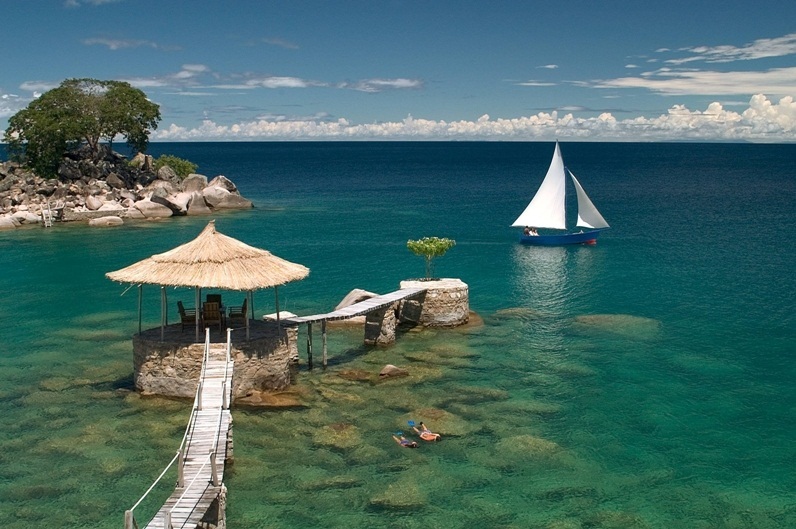
8th place: The Big Bear is the largest lake in Canada and the fourth largest in North America. The area of the reservoir is 31153 km ², the depth is 413 m. The lake is located in the Northwest Territories of Canada on the northern polar circle at an altitude of 186 meters above sea level. The basin of the Great Bear Lake was formed thanks to the glacier that covered this territory in the past. From the lake flows the Big Bear River, which merges with the Mackenzie River, which in turn carries water to the Beaufort Sea. In 1930, the Canadian seeker Gilbert Labin discovered uranium deposits in this territory, which played a significant role in the history of mankind - uranium mined in the mine built here was used to make bombs that were dropped on Hiroshima and Nagasaki.
7th place: Baikal - the deepest( 1642 m) lake in the world and the largest fresh water reservoir. The area of its water surface is 31,722 km ², and the length of the coastline is 2100 km. Surrounded by mountain ranges and taiga, the reservoir is located on the border of the Republic of Buryatia and Irkutsk region. Baikal extends from the north-east to the south-west at 620 km, forming the shape of a giant crescent. More than 330 rivers flow into the lake, but only one - the Angara. Baikal and its coastal areas abound with unique representatives of flora and fauna, most of which are endemic( ie found only here).
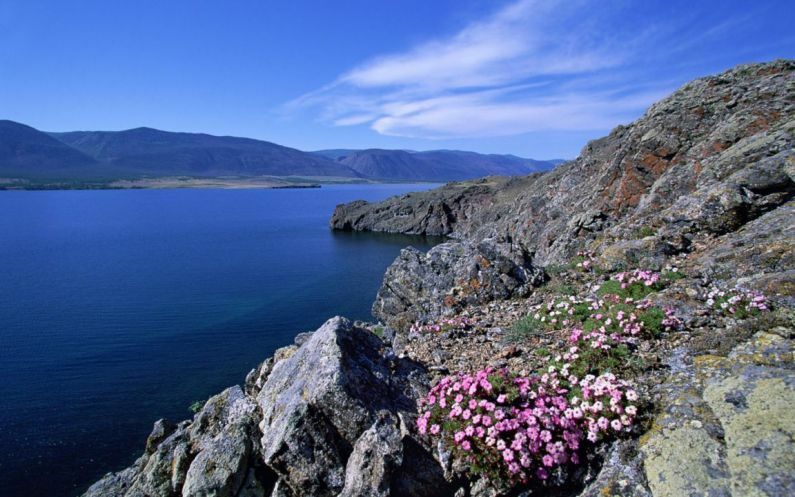
6th place: Tanganyika is the second deepest and second largest freshwater lake in the world, located in the western part of the East African fault called the Albertina Rift. One of the largest lakes of the planet, with a total area of 32,900 km², belongs to four countries - Tanzania, Zambia, the Democratic Republic of the Congo and Burundi. The reservoir stretched from the north to the south has a length of 673 km, which gives it the status of the longest lake in the world. The main tributaries are Ruzizi and Malagarasi, and the only river flowing from Tanganyika is the Lukuga River. There is a large number of endemics in the lake( 190 of 250 species of fish inhabiting Tanganyika), including cichlids, whose vivid representatives are very much appreciated in the aquarium fish market.
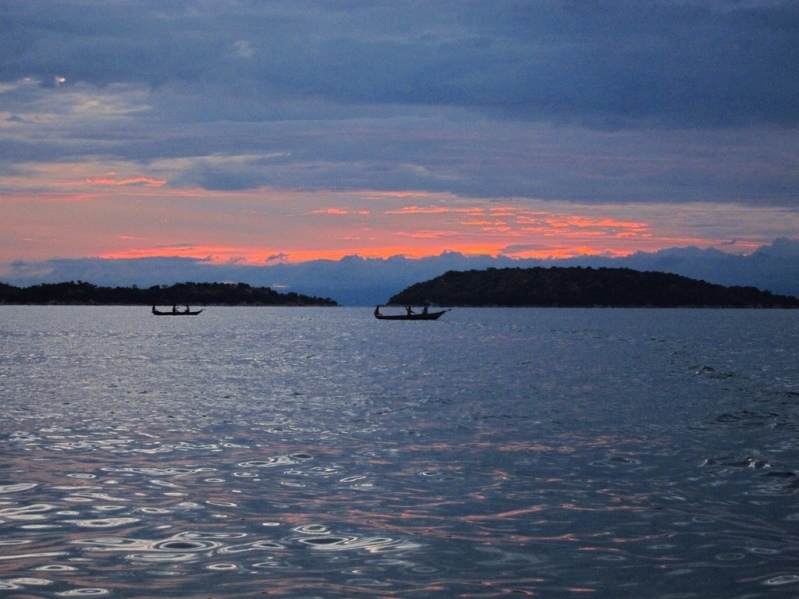
5th place: Michigan is the only of the five Great Lakes of North America, completely located in the USA.Its area is 57,750 km² and it is the third largest in the North American lake quintet. The depth of the lake is 281 m, the altitude is 177 m. Using the wide strait of Mackinac, Michigan is connected to Lake Huron, and the Chicago shipping channel - Lockport connects it to the Mississippi River. Its name was given to the reservoir by the word mishigami, translated from the language of the Ojibwe Indians meaning "great water".The first European to reach Lake Michigan in 1634 was the French explorer Jean Nicole. Exit to the lake are the states of Indiana, Wisconsin, Michigan, Illinois, and the largest cities on its coast are Hyland Park and Evanston, Chicago, Green Bay and Milwaukee, Hammond and Gary.
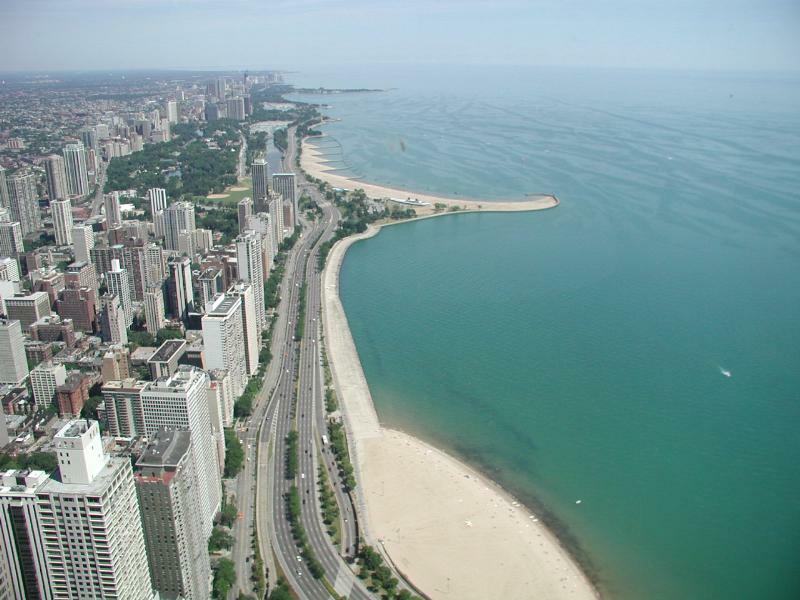
4th place: Huron is one of the North American Great Lakes, located on the territory of Canada and the USA.With an area of 59,600 km², it is the second largest water surface in North America. The depth of the lake is 229 m, the height above sea level is 176 m. The French discovered it first, which gave it the name derived from the name of the Huronic Indian tribe inhabiting here. The lake abounds in islands - there are up to 30 thousand of them, one of them - Manitulin - is the largest island in the world, located in a freshwater reservoir. Huron is also famous for the fact that its waters contain a huge number of sunken ships. According to the data of the "Museum of sunken ships on the Great Lakes," about 6,000 ships sank in the lake, but some historians claim that the total number of shipwrecks exceeds 25,000.Several remains of sunken ships are in shallow water, which attracts to these places a large number of fans of scuba diving.
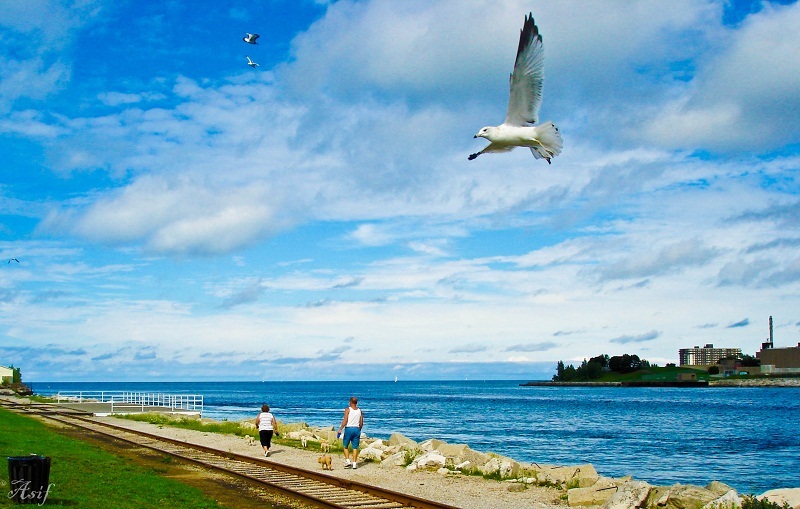
3rd place: Victoria is one of the Great African Lakes, located in Kenya, Tanzania and Uganda. This is the largest in the area of the lake of Africa and the largest of the tropical lakes of the world .Its area is 68 thousand km², the length is 320 km and the depth is 80 m. The lake lies in the tectonic deflection formed on the East African platform, at an altitude of 1134 m. An English pearl was discovered in July 1858 by the English traveler John Henning Spek whoand gave the lake the name of Queen Victoria of Britain. The lake feeds mainly on atmospheric precipitation and a multitude of small tributaries. The largest tributary, the Kager River, flowing into the western part of the lake, flows from the lake two rivers: Victoria Nile and Katonga. Lake Victoria is a real paradise for anglers, according to scientists, there are about 100 species of fish, many of which are endemic.
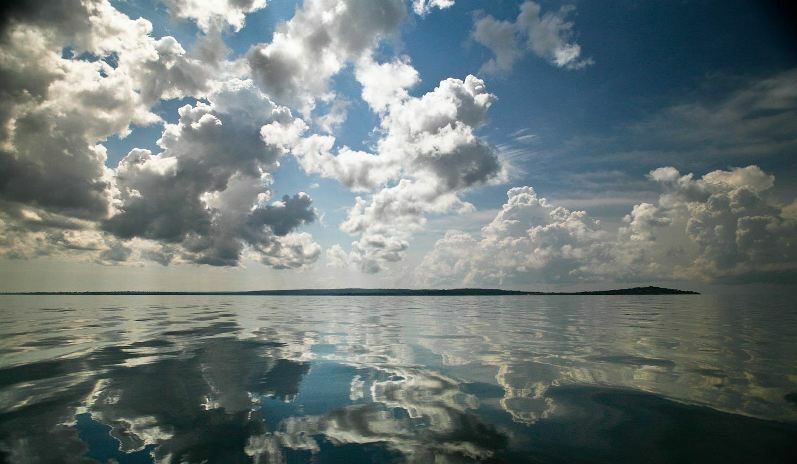
2 nd place: The upper is the largest( 82,700 km²) of the five North American Great Lakes and the largest freshwater lake in the world .It is located at an altitude of 183 m above sea level in a lake bowl formed by a glacier in the ancient rocks of the Canadian Shield. Lake Superior lies on the border of the US and Canada - in the north it borders on the Canadian province of Ontario, in the west and south - with the US states of Wisconsin, Michigan and Minnesota. The coldest pond of North America feeds on more than 200 rivers, the largest of which are Nipigon, Peak, Broul, Michipikoten. The water is discharged along the St. Marys River, which connects the Upper and Huron Lake. Since the lake is not protected by mountain ranges, then it blows from all sides wind blowing from the ocean. As a result, seiches are often formed on the surface of the reservoir - huge waves that often lead to a significant destruction of the shores.
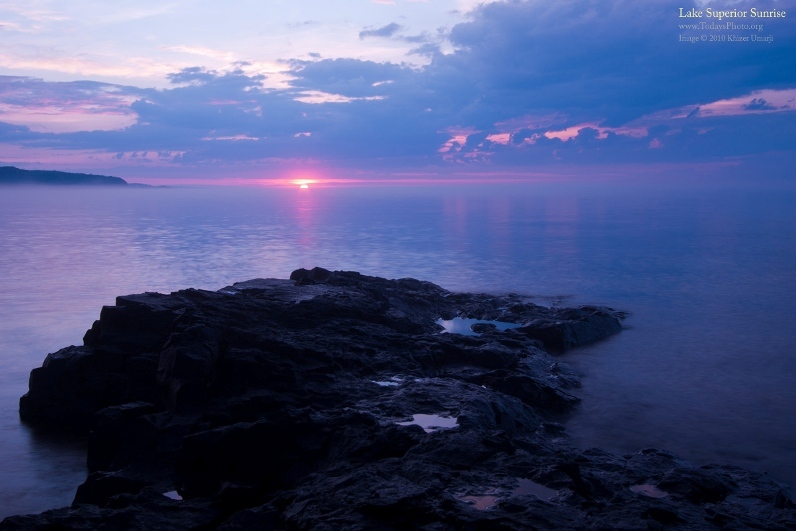
1st place: Caspian Sea is the world's largest closed water reservoir( lake) , with a surface area of 371 thousand km².The water in the lake is saline - from 0.05% to 11-13%.The maximum depth is 1025 m. The reservoir, the bed of which is formed by the crust of the oceanic type, is located at the junction of Asia and Europe. On its shores are five states - Russia, Iran, Azerbaijan, Kazakhstan and Turkmenistan. The lake, in shape resembling the Latin letter S, has a length of about 1200 km, and its width varies from 195 to 435 km. It flows into such large rivers as the Volga, the Urals, Sulak, Terek, Emba. In the east, the Caspian is adjacent to the salt lake Kara Bogaz Gol. Its fauna includes 1809 species, of which 415 are vertebrates, and the flora is represented by 728 species. In the Caspian Sea there are more than 100 species of fish, as well as marine mammals - the Caspian seals.
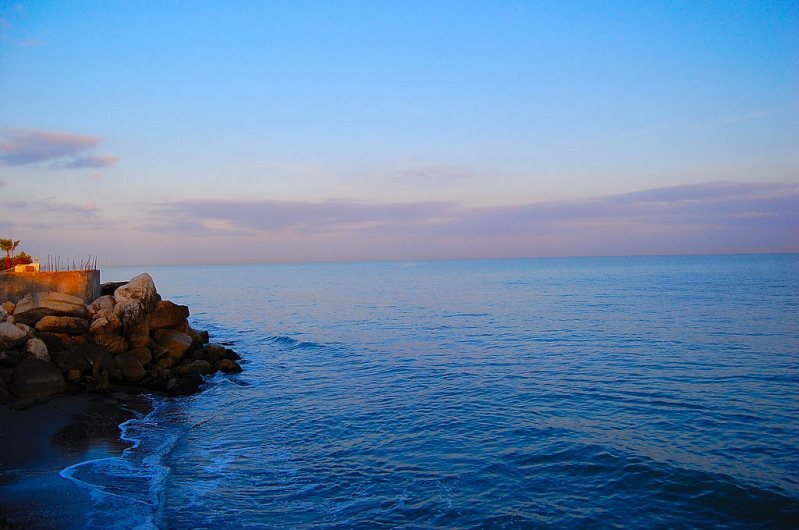
see also Deepest lakes of the world
The total area occupied by all the lakes of the planet is about 2.5 million km², which is 1.8% of the world's surface. There are a lot of lakes of very different sizes - there are small ones, and there are some that exceed some of the seas by their area.
This collection shows the ten largest lakes in the world.
10th place: The Big Slave is the fifth largest and deepest lake in North America with an area of 28,568 km² and a depth of 614 meters. It is located in the Northwest Territories of Canada at an altitude of 156 meters above sea level. Together with other large lakes in this region, the Large Slave is the remains of a vast post-glacial reservoir. The southern and eastern shores cut into the granite edges of the Canadian Shield, and the northern and western shores border on the Badlands - the Canadian tundra. Cold, freezing from October to June, the lake, got its name thanks to the Slavey Indians who lived in this area. By pure chance the name of the tribe is very similar in sound to the English "slave", which translates as "slave", "slave".


